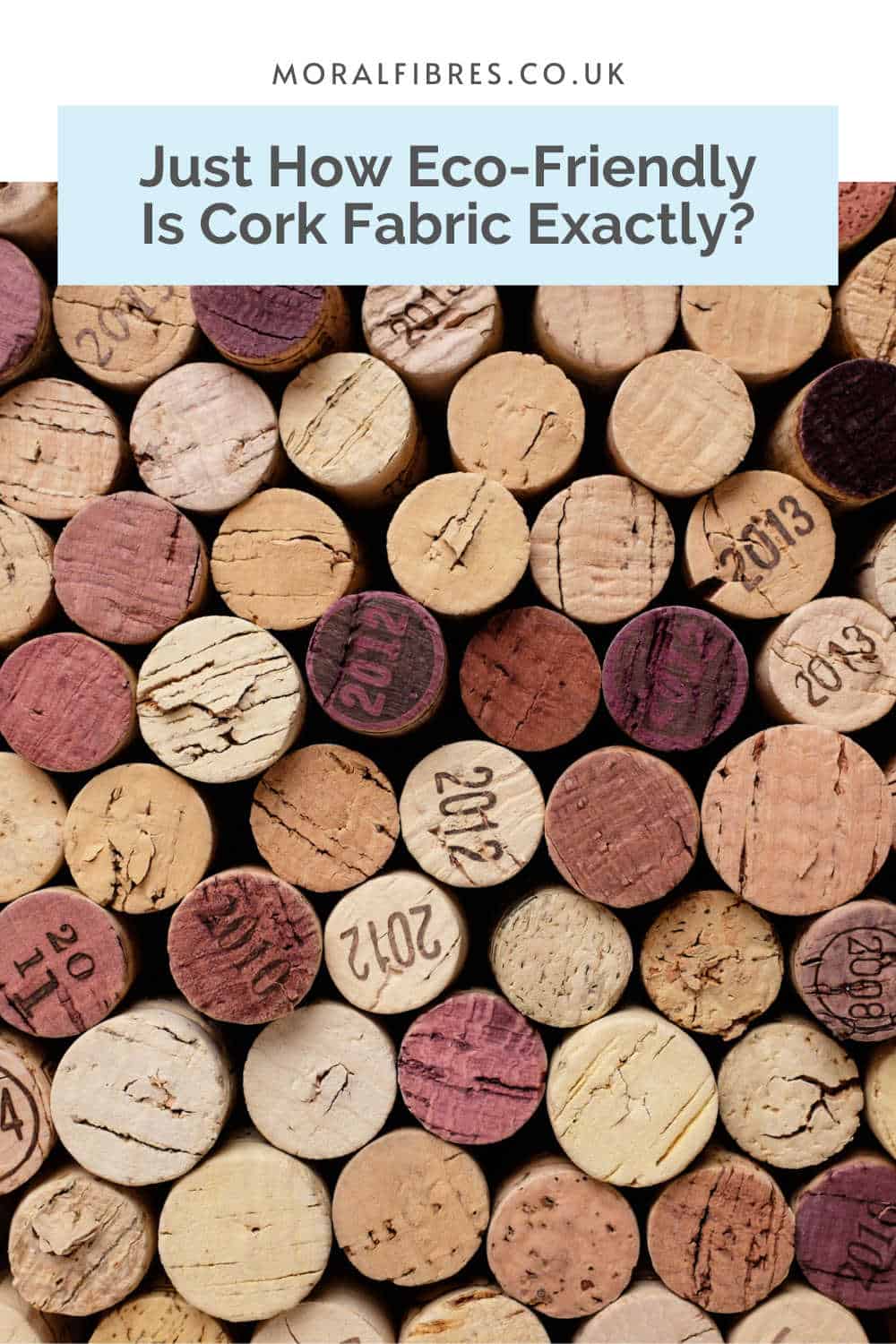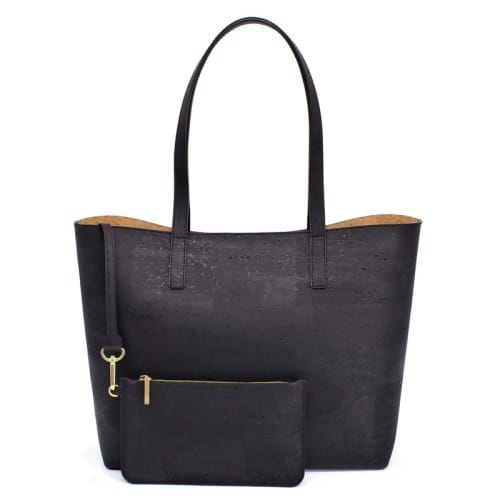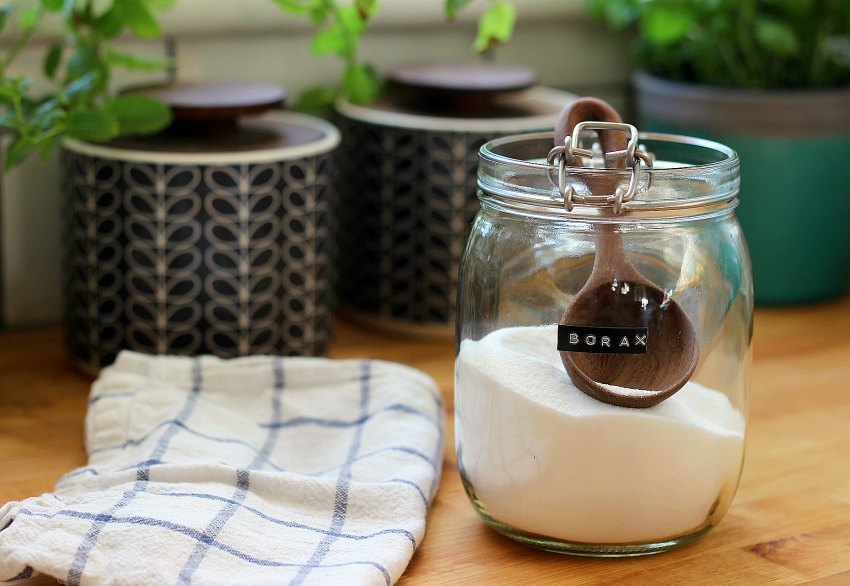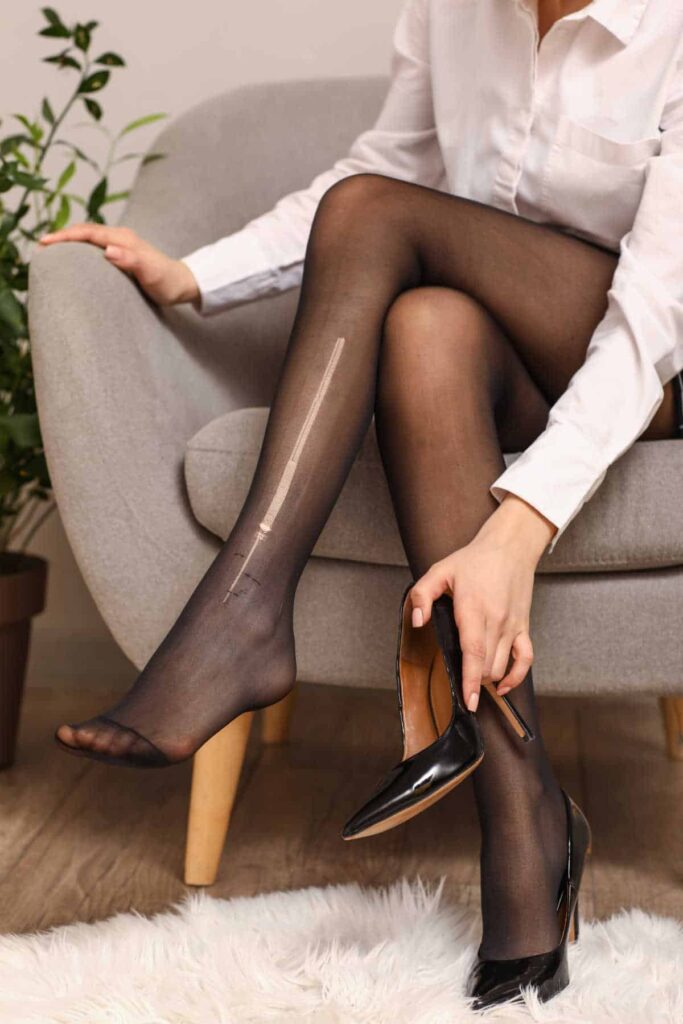Is Cork An Eco-Friendly Fabric Choice? Let’s Dive In
To support the running costs of Moral Fibres, this post may contain affiliate links. This means Moral Fibres may earn a small commission, at no extra cost to readers, on items purchased through these links.
Many sustainable brands are opting for cork when it comes to making their clothing and accessories. But have you ever wondered just how eco-friendly cork is? Let’s find out.
You might associate cork with your favourite bottle of Sauvignon Blanc, but when it comes to sustainable fashion, cork is having a moment. Eco-conscious designers the world over are crafting shoes, sustainable bags, purses and more from this fabric.
But just how sustainable is cork fabric? Thankfully, there’s no need to pop your cork in trying to track down this information. I’ve done all the digging and found everything you need to know about cork. From what it is exactly, to how it’s made and just how eco-friendly it is.
- What Is Cork Exactly?
- Is Cork Eco-Friendly?
- How Is Cork Harvested?
- How Is Cork Fabric Made & Is It Eco-Friendly?
- Is Cork Fabric Vegan?
- The Brands Using Cork Fabric
What Is Cork Exactly?
First, it’s important to understand what cork is exactly.
Cork is an entirely natural material that is sourced from the bark of cork oak trees.
In its rigid form, cork has been used for thousands of years, and not just as a stopper for bottles. Archaeologists have found that Ancient Greeks and Romans used cork to make floats for fishing nets, sandals, and even personal flotation devices for fishermen.
However, using cork as a flexible and pliable fabric is a new concept that the Ancient Greeks and Romans would no doubt have approved of.
Natural cork fabric, which can also be known as cork leather, is made from shavings taken from Quercus suber – the cork oak tree. This evergreen oak tree is native to northwest Africa and southwest Europe but is in its greatest abundance in Portugal.
Is Cork Eco-Friendly?

We’ve now established that cork comes from trees. Whilst trees are a renewable resource, just because it is sourced from trees doesn’t make it eco-friendly by default. After all, conventional viscose is sourced from trees and it isn’t exactly a sustainable fabric choice.
The good news is that raw cork is considered one of the most sustainable materials in the world. This is because when the cork is extracted not one tree is cut down.
This is because cork is made from the outer bark of the cork oak trees. The trees continually regenerate this outer bark, which makes it a prime renewable material.
Cork fabric is processed so it can lose some of these eco-friendly properties, but we’ll get to that later on in the article.
How Is Cork Harvested?
Cork harvesting is done by hand for two months a year only – June and July. Here a skilled cork harvester carefully splits off the bark of a cork oak tree by hand, using traditional tools, without damaging the rest of the tree. Attempts have been made to mechanise the process, but none have proved as effective as manually harvesting the cork by hand.
The trees are in no way damaged and are left to naturally regenerate the bark, which it does after around nine years. This system, which remains unchanged for centuries, preserves the forest in its pristine entirety. It also enables perpetual harvesting with no damage to the forest or ecosystem.
It’s important to use cork as if we didn’t it would threaten the ancient Mediterranean cork oak forests. The ancient cork oak forest is home to endangered and rare species. These include the Short-Toed Eagle, the Egyptian Mongoose, the Barbary deer, and the Iberian Lynx as well as biologically important flora and fungi. If we didn’t use cork products, there would be no financial incentive to protect the forests.
The presence of the forest also prevents the soil from drying out and turning into a dust bowl. Plus, the cork forest in Portugal alone absorbs around 10 million tons of CO2 each year. These are all good reasons to keep using cork.
This ability to renew itself is not the only superpower that cork possesses. Cork is also completely biodegradable. And from a social point of view, cork extraction from oak is also a highly skilled job, in rural areas where jobs are hard to come by. This skilled work pays very well and helps to support viable rural communities.
However, despite their importance, cork forests are not always properly cared for. To help make sure your cork is sustainably harvested, look for cork that has been sourced from Forest Stewardship Council-certified cork oak forests.
How Is Cork Fabric Made & Is It Eco-Friendly?

After the cork is harvested, it’s laid out to dry for about six months. After this time, the cork is then boiled in water, flattened and pressed into flat sheets to make the cork fabric.
Once it’s flattened, a fabric backing is then pressed onto the cork sheet to prevent the cork from breaking. Depending on the factory this could be cotton, polyamide, polyurethane (PU), polyester, leather, or a mix of cotton and PU. No glue is needed. This is because cork produces suberin, a naturally occurring adhesive, that is enough to secure the fabric backing.
Many brands use Polyester and PU as the backing fabric, as it makes the cork fabric smoother and easier to work with. It’s also the cheapest method but one of the least environmentally friendly methods. Plus it means your cork is no longer compostable or biodegradable.
The most environmentally friendly method is always pure cotton, as this doesn’t impact compostability. Check the composition label to make sure the cork product is lined with cotton.
Is Cork Leather Vegan?
Whilst cork fabric can be known as cork leather, cork fabric is, in most cases vegan-friendly – unless it has been backed with actual leather. However, using leather to back cork is quite rare – most brands opt for cotton, a cotton PU blend, or a synthetic fabric such as polyamide, polyurethane (PU), or polyester.
The Brands Using Cork Fabric
Many brands are switching from leather to vegan-friendly cork leather. Here are some of my favourites:
Murmali

Murmali is a Portuguese brand – available in the UK at Immaculate Vegan – that specialises in high-end cork handbags made from only natural materials.
All of the dyes that Murmali uses are non-toxic and cruelty-free. Plus the hardware is made from solid brass. This means it can be recycled an infinite number of times.
Svala

Svala is a US brand – also available in the UK at Immaculate Vegan – that makes luxury, vegan, handbags and accessories that are handcrafted from eco-friendly and innovative fabrics – including a substantial cork collection.
Featured everywhere – from Vogue to Forbes – this cruelty-free label is one to watch.
In A Nutshell
Cork isn’t just for wine. It’s a great sustainable material, as long as it’s sourced from sustainably managed forests. Cork fabric can be eco-friendly, depending on how it’s processed.
Cork processed with cotton is the most sustainable option, whilst cork processed with synthetic, plastic-based backing fabrics is the least sustainable. Opt for cotton, and you’ve got a sustainable superhero that’s worth raising a glass to!
Found this post useful? Please consider buying me a virtual coffee to help support the site’s running costs.




